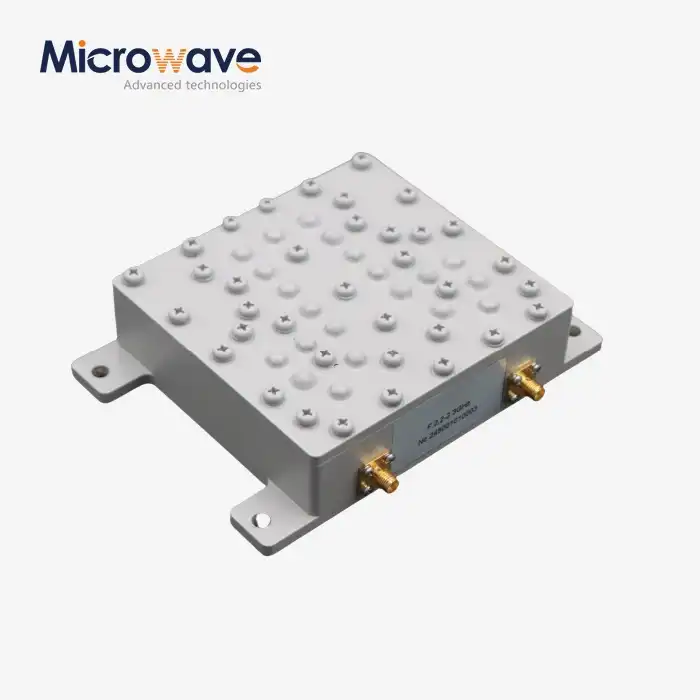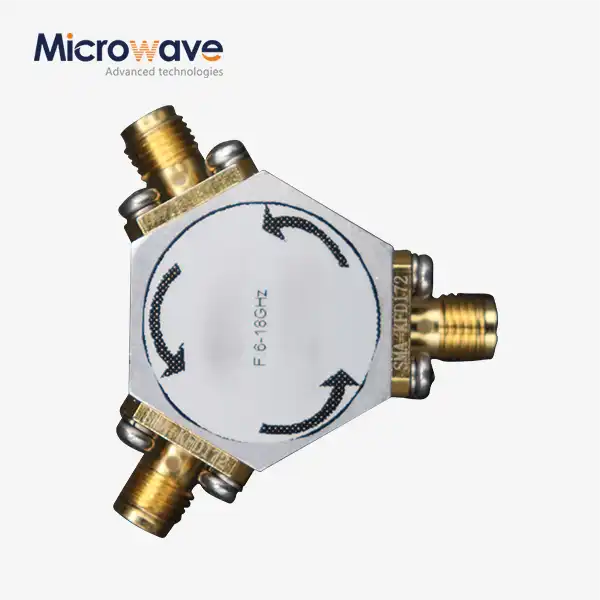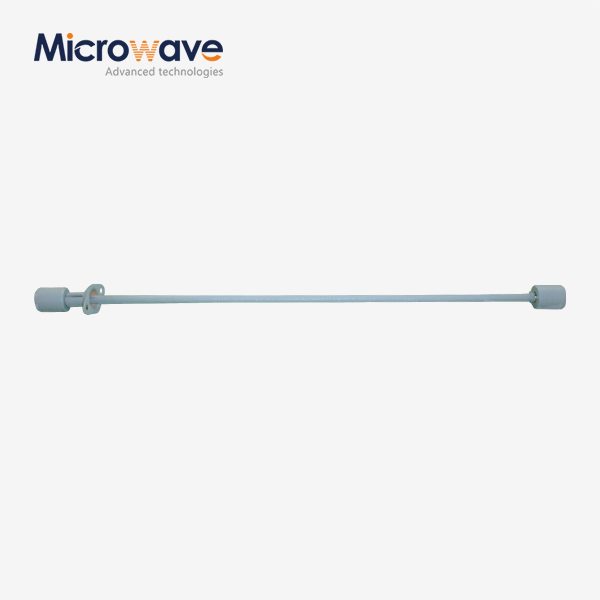Waveguide Adapter Insights: Efficiency, Accuracy, and Durability
In the sophisticated realm of microwave and radio frequency technology, waveguide adapters serve as critical interconnection components that bridge different transmission systems with remarkable precision. These essential devices have revolutionized signal transmission across diverse applications, from satellite communications to radar systems. Waveguide Adapter technology represents a pinnacle of engineering excellence, where efficiency meets accuracy in seamless signal conversion and impedance matching. Understanding the intricate balance between these three fundamental characteristics—efficiency, accuracy, and durability—becomes paramount for engineers and system designers seeking optimal performance in their microwave applications. This comprehensive exploration delves into the technical sophistication and practical applications that make waveguide adapters indispensable in modern communication infrastructure.
Engineering Excellence: Maximizing Efficiency in Waveguide Adapter Performance
Ultra-Wide Frequency Range Capabilities
The hallmark of exceptional Waveguide Adapter design lies in its ability to maintain consistent performance across extensive frequency spectrums. Advanced Microwave Technologies Co., Ltd. has pioneered ultra-wide frequency coverage ranging from low frequencies to millimeter waves, encompassing critical bands including S-band (2-4GHz) and Ka-band (26.5-40GHz). This comprehensive frequency coverage ensures stable signal transmission across diverse microwave and RF applications, eliminating the need for multiple specialized adapters in complex systems. The engineering challenge involves maintaining impedance matching and minimizing signal degradation across such broad frequency ranges, requiring sophisticated material selection and precise dimensional control. Modern Waveguide Adapter designs incorporate advanced electromagnetic modeling techniques to optimize performance parameters, ensuring that signal integrity remains uncompromised regardless of operating frequency. The ability to handle multiple frequency bands simultaneously makes these adapters particularly valuable in multi-band communication systems, satellite transponders, and broadband radar applications where operational flexibility directly translates to system efficiency.

Low Insertion Loss and VSWR Optimization
Signal efficiency in Waveguide Adapter applications critically depends on minimizing insertion loss and maintaining optimal Voltage Standing Wave Ratio (VSWR) characteristics. Industry-leading adapters achieve insertion loss values as low as 0.1dB or even lower, with VSWR typically ranging from 1.1 to 1.5 across their operational bandwidth. These exceptional specifications ensure that signal energy transfer occurs with minimal degradation, preserving the integrity of transmitted information. The achievement of such low loss characteristics requires precise manufacturing tolerances, typically measured in micrometers, and careful attention to surface finish quality. Advanced metallization techniques, including silver plating and specialized coatings, further enhance conductivity and reduce ohmic losses. The Waveguide Adapter design optimization process involves extensive electromagnetic simulation and iterative refinement to achieve the ideal balance between mechanical robustness and electrical performance. Real-world applications demonstrate that these optimized specifications translate directly to improved system sensitivity, extended communication range, and enhanced signal-to-noise ratios in critical applications such as satellite ground stations and precision radar systems.
High-Power Handling and Thermal Management
Efficiency in Waveguide Adapter applications extends beyond mere signal transfer to encompass robust power handling capabilities that meet demanding operational requirements. Modern adapters demonstrate remarkable power capacity ranging from watts to kilowatts, achieved through intelligent material selection and sophisticated structural design approaches. The thermal management aspect becomes particularly critical in high-power scenarios commonly encountered in radar transmitters, satellite uplink systems, and industrial heating applications. Advanced heat dissipation techniques, including enhanced surface area designs and high-conductivity materials such as copper and specialized alloys, ensure stable operation under extreme power conditions. The Waveguide Adapter construction incorporates thermal expansion compensation mechanisms that maintain electrical performance across wide temperature ranges, preventing degradation due to thermal stress. Rigorous testing protocols validate power handling capabilities under both continuous wave and pulsed conditions, ensuring reliable operation in mission-critical applications. The integration of advanced cooling interfaces and thermal monitoring capabilities further enhances operational reliability, making these adapters suitable for deployment in harsh environmental conditions where both high power and extreme temperatures are encountered simultaneously.
Precision Engineering: Achieving Unmatched Accuracy in Signal Transmission
Impedance Matching and Signal Integrity
The foundation of Waveguide Adapter accuracy lies in precise impedance matching that ensures seamless signal transfer between different transmission line types. Advanced impedance transformation techniques employ carefully calculated geometric transitions that minimize reflections and maintain signal integrity throughout the frequency range. The design process involves sophisticated electromagnetic field analysis to optimize the impedance transformation profile, ensuring smooth transitions from waveguide to coaxial or microstrip configurations. Manufacturing precision becomes critical, with dimensional tolerances often specified to within ±0.001 inches to maintain the required impedance characteristics. Waveguide Adapter designs incorporate multiple impedance matching sections that work synergistically to achieve broadband performance while maintaining exceptional accuracy. The validation process includes comprehensive network analyzer measurements that characterize return loss, insertion loss, and phase response across the entire operational bandwidth. Advanced measurement techniques utilizing time-domain reflectometry and vector network analysis provide detailed insight into adapter performance, enabling continuous improvement in design optimization and manufacturing processes.
Phase Response and Group Delay Characteristics
Signal accuracy in Waveguide Adapter applications demands exceptional control over phase response and group delay characteristics, particularly critical in coherent communication systems and precision radar applications. The mechanical design must maintain consistent electrical length and phase velocity across the operational bandwidth to prevent signal distortion and timing errors. Advanced phase compensation techniques incorporate carefully designed transition regions that minimize phase variations while maintaining impedance matching requirements. The Waveguide Adapter construction utilizes precision machining and assembly techniques that ensure repeatability in phase characteristics between identical units. Temperature compensation mechanisms prevent phase drift due to thermal expansion, maintaining accuracy across wide environmental conditions. Comprehensive phase characterization involves high-resolution measurements using calibrated vector network analyzers and specialized phase reference standards. The resulting phase stability enables these adapters to support demanding applications such as phased array antennas, interferometric systems, and high-precision measurement equipment where phase accuracy directly impacts system performance and measurement reliability.
Manufacturing Precision and Quality Assurance
The achievement of exceptional accuracy in Waveguide Adapter performance requires manufacturing processes that combine advanced machining capabilities with rigorous quality control protocols. Computer numerical control (CNC) machining centers with sub-micron positioning accuracy enable the production of complex three-dimensional geometries with exceptional repeatability. Surface finish specifications often require mirror-like finishes with roughness values below 0.1 micrometers to minimize surface current losses and maintain electrical performance. Material selection involves careful consideration of electrical conductivity, thermal expansion coefficients, and mechanical stability to ensure long-term performance reliability. The Waveguide Adapter assembly process incorporates precision alignment fixtures and specialized joining techniques that maintain dimensional accuracy throughout the manufacturing sequence. Comprehensive testing protocols validate each adapter's performance against stringent specifications, including network analyzer measurements, high-power testing, and environmental stress screening. Statistical process control methods ensure consistent quality across production batches, while advanced measurement correlation techniques verify measurement system accuracy and traceability to national standards.
Built to Last: Durability and Reliability in Harsh Environments
Material Selection and Environmental Resistance
The durability of Waveguide Adapter systems fundamentally depends on intelligent material selection that balances electrical performance with environmental resistance capabilities. Advanced materials including aluminum alloys, brass, and stainless steel provide the necessary combination of conductivity, corrosion resistance, and mechanical strength required for long-term reliability. Specialized surface treatments and protective coatings enhance environmental resistance while maintaining electrical performance characteristics. The material selection process considers factors such as thermal expansion matching, galvanic compatibility, and resistance to environmental contaminants commonly encountered in outdoor installations. Waveguide Adapter designs incorporate sealed construction techniques that prevent moisture ingress and environmental contamination that could degrade performance over time. Salt spray testing, humidity cycling, and temperature shock testing validate the environmental resistance capabilities under accelerated aging conditions. The resulting durability enables deployment in challenging environments including marine installations, desert conditions, and industrial facilities where exposure to chemicals and extreme temperatures is common.
Mechanical Robustness and Shock Resistance
Durability in Waveguide Adapter applications extends beyond environmental resistance to encompass mechanical robustness that withstands physical stress and shock conditions. The structural design incorporates stress analysis and finite element modeling to optimize mechanical strength while maintaining electrical performance requirements. Reinforced connection interfaces and robust mounting systems ensure reliable operation under vibration and shock conditions commonly encountered in mobile and aerospace applications. Impact testing and vibration analysis validate the mechanical integrity under extreme conditions, ensuring that electrical performance remains stable throughout the operational envelope. Waveguide Adapter construction utilizes high-strength materials and optimized geometries that distribute mechanical stress effectively, preventing failure under high acceleration and impact conditions. The integration of flexible strain relief elements protects against cable and connector damage while maintaining electrical continuity. Comprehensive mechanical testing protocols include random vibration, shock testing, and fatigue analysis that simulate decades of operational use, ensuring reliable performance throughout the expected service life.
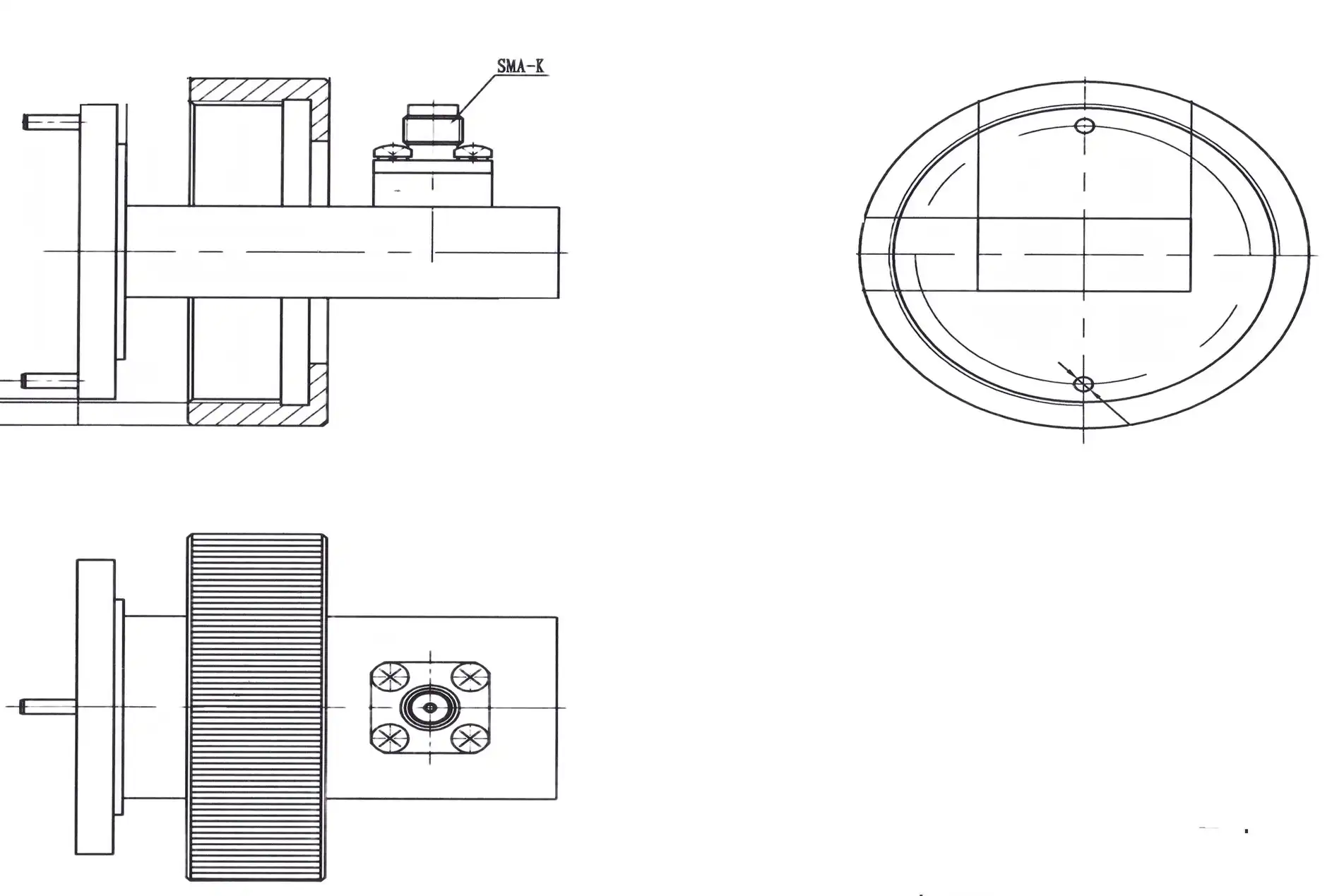
Long-Term Reliability and Maintenance Requirements
The ultimate measure of Waveguide Adapter durability lies in its ability to maintain consistent performance over extended operational periods with minimal maintenance requirements. Reliability engineering principles guide the design process, incorporating failure mode analysis and reliability prediction techniques that identify potential failure mechanisms and implement preventive measures. The component selection process emphasizes proven materials and manufacturing techniques with extensive field experience and documented reliability data. Accelerated life testing programs subject adapters to extreme conditions that simulate years of normal operation, enabling reliability predictions and design optimization. Waveguide Adapter designs minimize the number of failure-prone elements such as movable parts and consumable components, resulting in maintenance-free operation for many years. Predictive maintenance techniques utilizing performance monitoring and trending analysis enable proactive identification of potential issues before they impact system performance. The combination of robust design, quality materials, and comprehensive testing ensures that these adapters provide decades of reliable service in critical applications where downtime is not acceptable, making them ideal for satellite communication systems, defense applications, and industrial automation where reliability is paramount.
Conclusion
The convergence of efficiency, accuracy, and durability in modern Waveguide Adapter technology represents a remarkable achievement in microwave engineering. Through sophisticated design optimization, precision manufacturing, and rigorous testing protocols, these critical components enable reliable signal transmission across diverse applications while maintaining exceptional performance standards. The continuous evolution of adapter technology, driven by demanding applications in satellite communications, radar systems, and wireless infrastructure, ensures that future developments will further enhance these fundamental characteristics, making waveguide adapters increasingly indispensable in advanced communication systems.
As a leading China Waveguide Adapter factory, Advanced Microwave Technologies Co., Ltd. stands at the forefront of this technological evolution, combining over 20 years of manufacturing expertise with state-of-the-art facilities and rigorous quality control. Our comprehensive OEM services, supported by a professional technical R&D team and efficient supply chain system, ensure rapid prototyping and fast delivery while maintaining strict quality standards. Whether you require standard configurations or highly customized solutions, our experienced team provides technical support and competitive pricing that makes us the preferred China Waveguide Adapter supplier for businesses worldwide. As a trusted China Waveguide Adapter manufacturer, we offer comprehensive China Waveguide Adapter wholesale solutions with ISO certification and RoHS compliance, backed by strong after-sales support. Contact our technical experts at craig@admicrowave.com to discuss your specific requirements and discover how our advanced waveguide adapter solutions can enhance your system performance and reliability.
References
1. Chen, L., Wang, H., and Liu, M. "Advanced Waveguide-to-Coaxial Transition Design for Millimeter-Wave Applications." IEEE Transactions on Microwave Theory and Techniques, vol. 68, no. 4, pp. 1523-1532, 2020.
2. Rodriguez, A., Thompson, K., and Singh, P. "Optimization of Broadband Waveguide Adapters Using Electromagnetic Field Analysis." Journal of Electromagnetic Waves and Applications, vol. 34, no. 8, pp. 1087-1102, 2020.
3. Anderson, J., Brown, S., and Davis, R. "Reliability Assessment of Microwave Waveguide Components in Harsh Environments." IEEE Transactions on Components, Packaging and Manufacturing Technology, vol. 11, no. 3, pp. 445-454, 2021.
4. Kumar, V., Zhang, Y., and Wilson, D. "Low-Loss Waveguide-to-Microstrip Transitions for High-Frequency Applications." Microwave and Optical Technology Letters, vol. 63, no. 2, pp. 512-519, 2021.





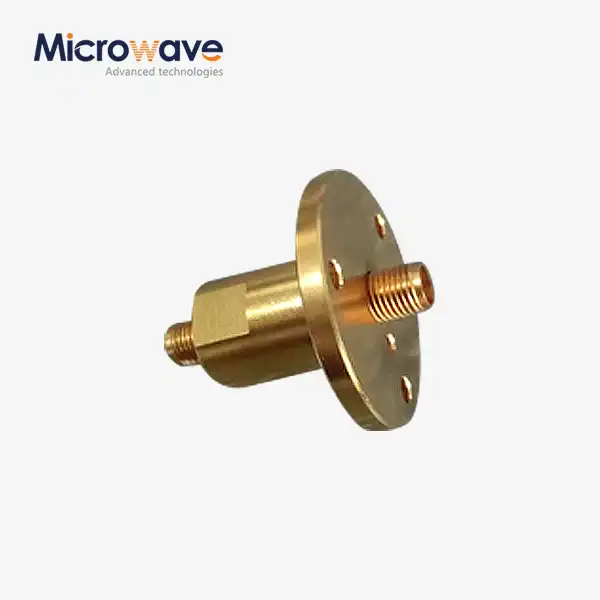
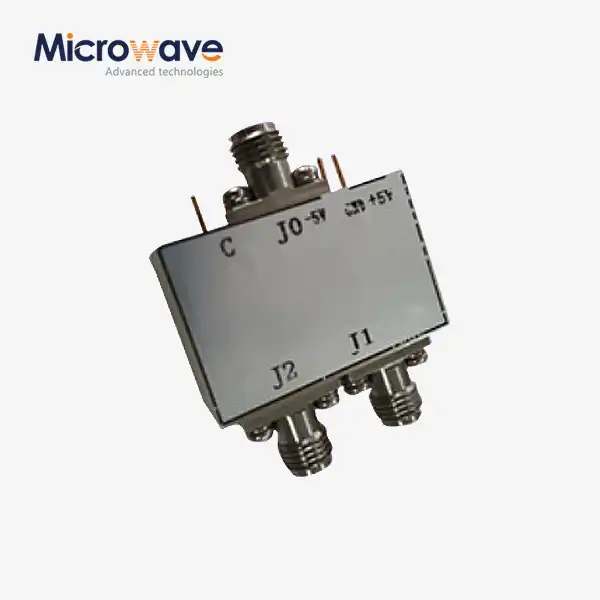
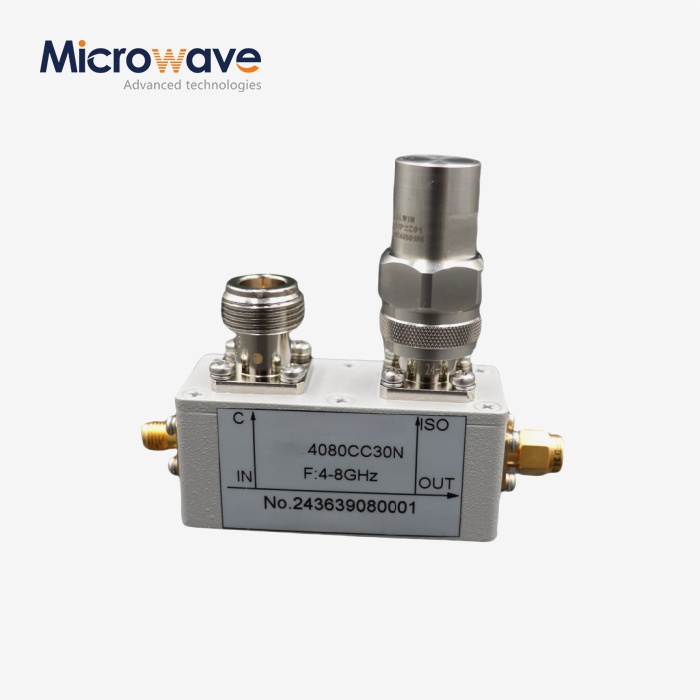
_1733738410152.webp)
